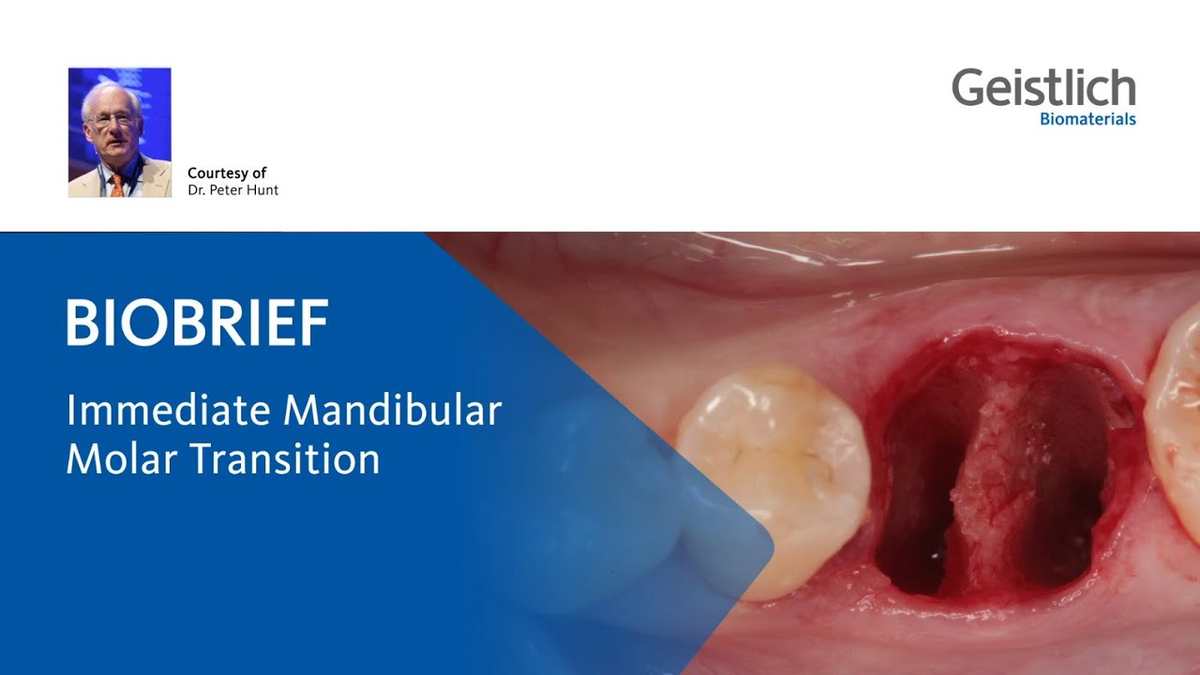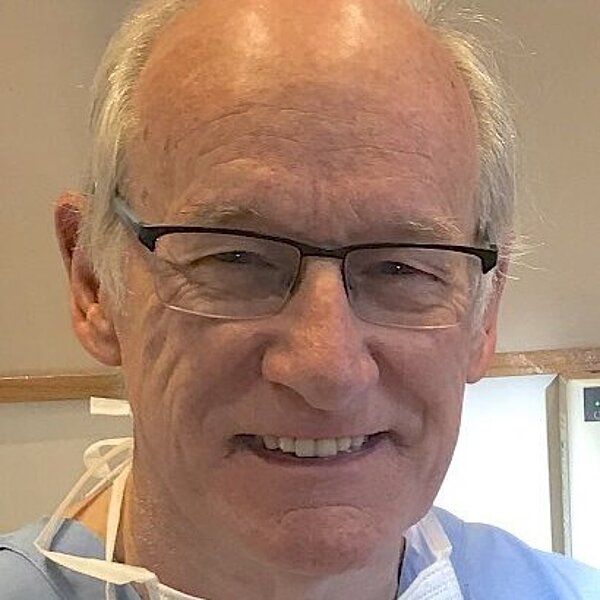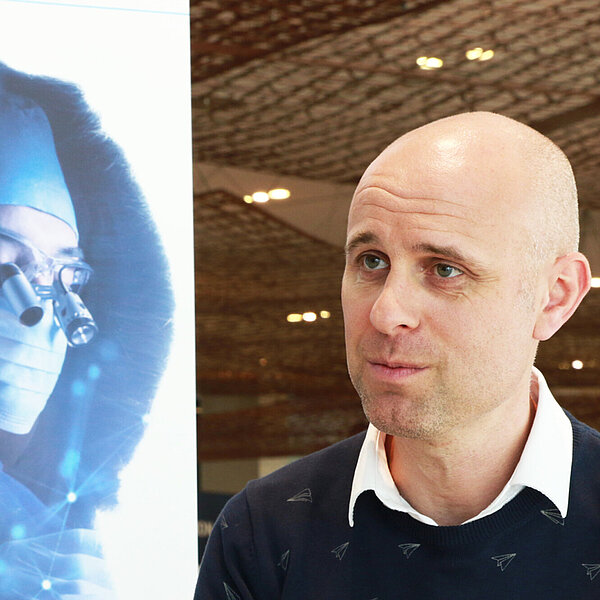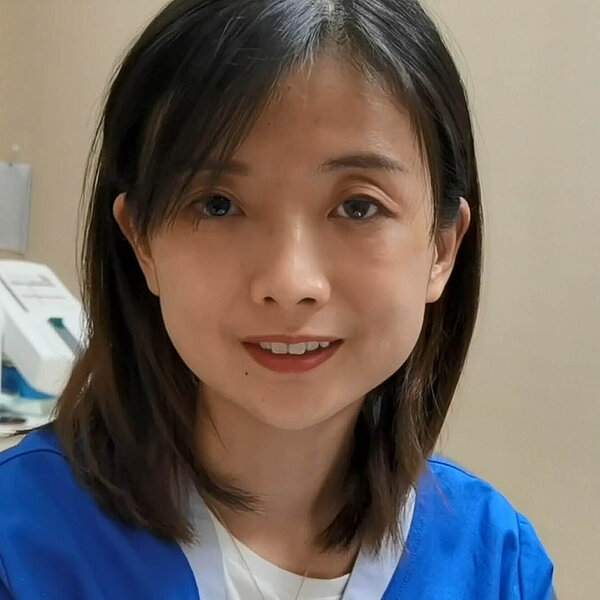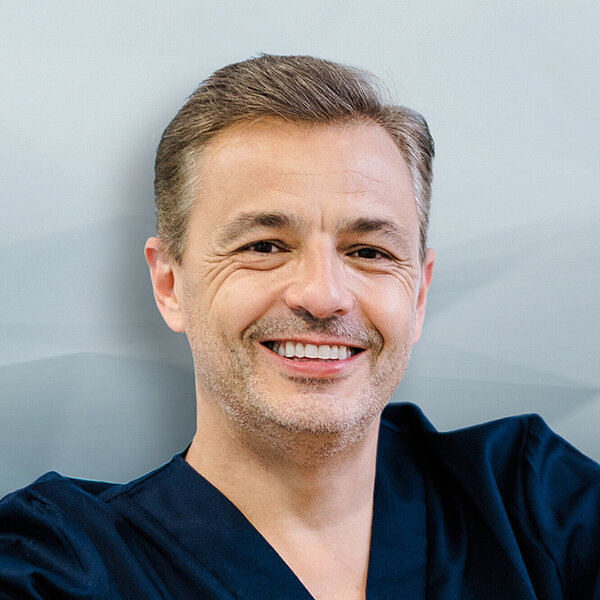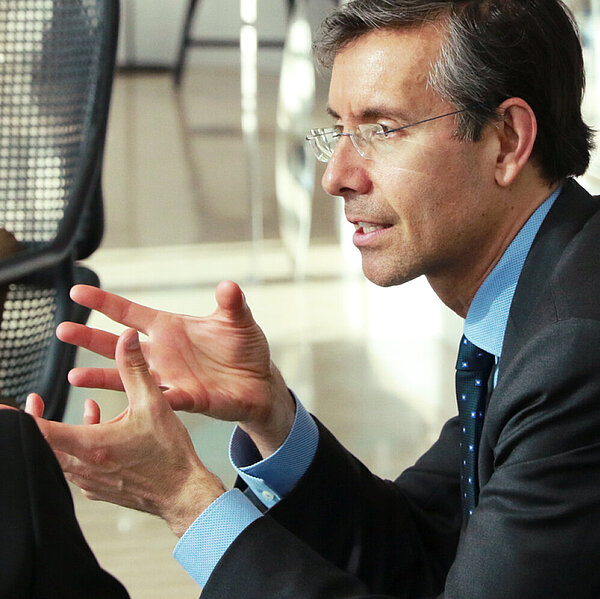
Fractured molar – an immediate transition
BioBrief - Extraction Socket Management
The Situation
The case here is typical enough, a failing mandibular molar with a vertical sub-osseous fracture. Traditionally, the replacement process can take three or more surgical exposures (extraction and regeneration), (implant placement), (second stage exposure) and more than a year of therapy.
The Approach
Immediate molar replacement requires atraumatic removal of the fractured tooth, careful socket debridement and development of a channel for an ideally positioned implant. The implant then needs to be placed down in the bone channel with the implant platform positioned just below the socket walls. It needs to be stable. Channel deficiency augmentation is achieved with Geistlich Bio-Oss Collagen® which is covered with a collagen matrix, Geistlich Mucograft® with the edges tucked under the gingival margins and sealed over with tissue glue.
The Outcome
This single stage replacement protocol has proven to be simple, safe and highly effective providing the socket is fully degranulated and the implant is stable and not loaded in the early healing stages. It works well when a gingiva former is immediately placed into the implant instead of a cover screw, Geistlich Bio-Oss Collagen® is packed around the implant to fill the residual socket, then covered with a Geistlich Mucograft® and sutured. There is no need for flap advancement to cover over the socket.
Keys to Success
- Atraumatic extraction
- Thorough degranulation and debridement of the residual socket
- Adequate stability for the implant
- Placement of the implant platform down just below the walls of the socket
- Placing a 4.0 mm height gingiva former instead of a cover screw
- Augmenting with Geistlich Bio-Oss Collagen® and covering with Geistlich Mucograft®
- No loading of the implant in the early healing stages
